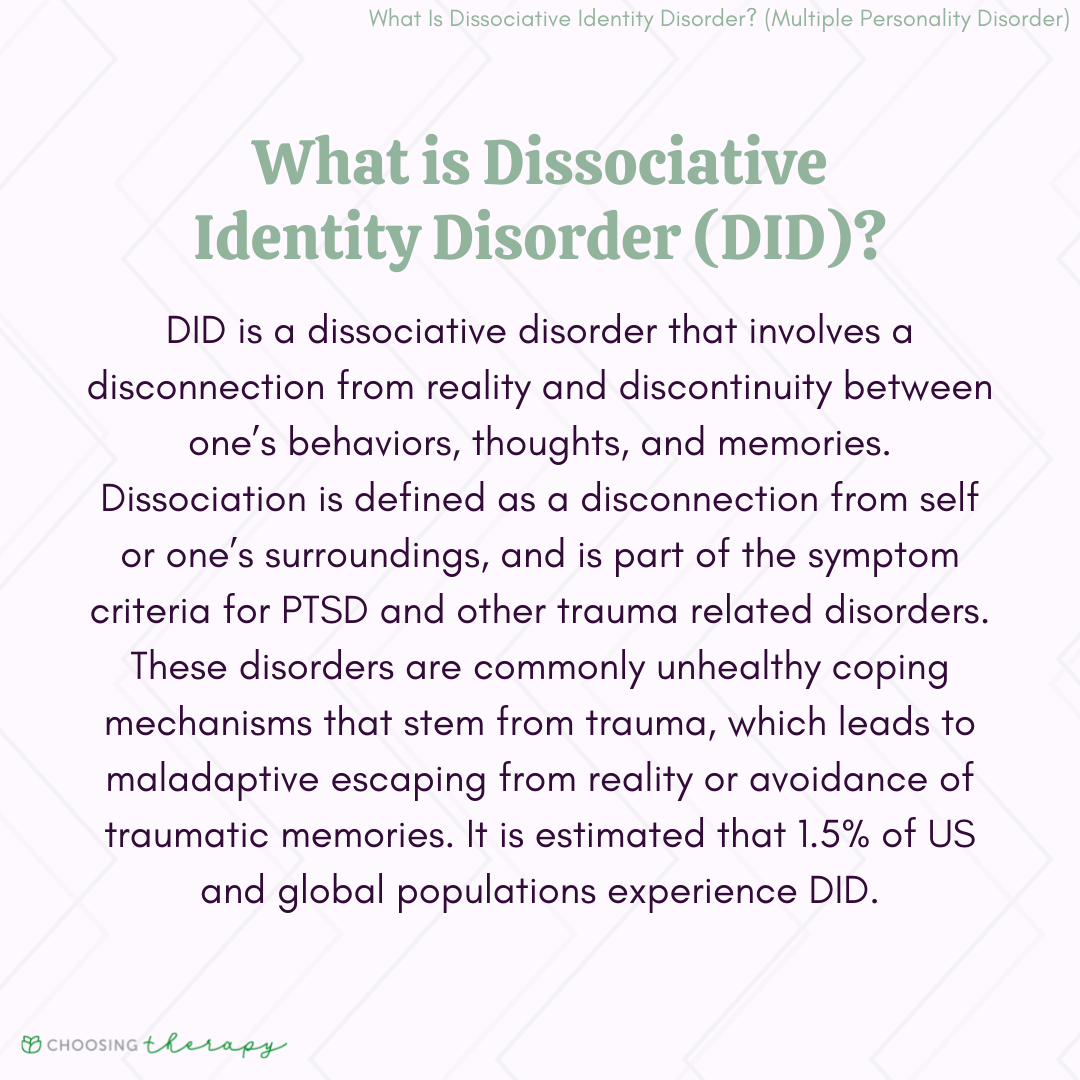What Happens When There Is No Department of Education? Impacts, Guidance, and Alternatives
Introduction: The Role of the Department of Education
The Department of Education (DOE) has been a central figure in shaping U.S. education policy, ensuring federal support for schools, protecting student rights, and managing funding for critical programs. The question of what happens if there is no Department of Education has become more than theoretical, with recent policy debates and executive actions considering its closure or drastic reduction. This article explores the likely consequences, practical implications, and actionable steps for students, families, educators, and communities if the DOE were eliminated.
1. Loss of Federal Funding and Impact on Educational Programs
One of the most immediate and significant effects of eliminating the DOE would be the loss or disruption of federal funding streams that support public education at all levels. The DOE administers essential financial aid programs, such as Pell Grants, federal student loans, and Title I funds for low-income schools. Without the department, the continuity and administration of these programs would be uncertain, with some officials suggesting that other federal agencies could absorb these responsibilities. However, experts and advocates warn that this transition could result in delayed or reduced funding, program gaps, and increased administrative complexity for states and districts [1] , [3] .
For students and families who rely on federal support, finding alternative resources would require proactive steps:
- Monitor announcements from state and local education agencies for updates on funding and program changes.
- Contact school financial aid offices for guidance on federal aid alternatives and state-based grants.
- Search for scholarships and grants from private organizations and foundations using reputable scholarship search platforms.
- Reach out to the U.S. Department of the Treasury or the Department of Health and Human Services, as these agencies may assume responsibility for certain aid programs, but only if officially announced.
2. Educational Equity and the Risk of Widening Disparities
The DOE plays a pivotal role in promoting educational equity by enforcing civil rights laws and distributing funds to support under-resourced schools. If the department is dismantled, the responsibility for ensuring equal access to quality education would shift to states and local communities. While this may empower some localities to tailor education to community needs, it also risks exacerbating disparities between wealthy and low-income districts and increasing racial and socioeconomic segregation [1] , [3] .
Practical steps for families and communities to address potential inequities include:

Source: breakingnownews.com
- Advocating at the state and local level for equitable distribution of resources and inclusion of marginalized groups.
- Joining or forming local education advocacy groups to monitor policies and hold school boards accountable.
- Seeking guidance from civil rights organizations and legal aid groups on educational rights and remedies.
- Staying informed about state legislation and attending public meetings to voice concerns about resource allocation.
3. Special Education and Disability Rights Protections
Students with disabilities are among those whose support would be most disrupted by the loss of the DOE. The department is responsible for administering and enforcing the Individuals with Disabilities Education Act (IDEA) and related programs that ensure access to tailored instruction and accommodations. Without the DOE, federal oversight and funding for special education could be weakened, leading to inadequate staffing, delayed services, and reduced protections against discrimination [4] .
Parents and students seeking support may need to:
- Work closely with state education agencies and local school districts to understand the new processes for accessing special education services.
- Consult disability advocacy organizations, such as the National Disability Rights Network, for legal advice and resources.
- Document all communications and educational plans to protect students’ rights in the absence of strong federal oversight.
- Explore private and community-based support programs, though these may not provide all the protections guaranteed under federal law.
It’s important to note that private schools may not be required to comply with IDEA unless they receive federal funds. Families should carefully review their options and seek professional guidance.

Source: freepik.com
4. Shifting Authority to States and Localities: Opportunities and Challenges
Supporters of eliminating the DOE argue that returning control to states and local communities would allow for more tailored, responsive, and innovative educational approaches. They point to the nation’s history prior to 1980, when education was primarily a state and local responsibility [5] . However, critics caution that without federal oversight, there is a risk of inconsistent standards, reduced accountability, and diminished support for vulnerable students [1] .
For families and educators navigating a decentralized system, consider the following steps:
- Engage with state departments of education to understand new standards, curriculum guidelines, and accountability measures.
- Participate in local school board meetings and elections to influence policy decisions.
- Seek professional development opportunities through state or private providers, as federal programs may no longer be available.
- Monitor changes in teacher certification, school choice, and curriculum to ensure they align with your educational goals and values.
5. Student Loans, Financial Aid, and Higher Education
The DOE currently manages a massive student loan portfolio and provides critical financial aid for millions of college students. If the department were eliminated, the administration of these programs would need to be transferred to other federal agencies or privatized. There is no guarantee that current levels of support, loan servicing standards, or borrower protections would continue unchanged [2] , [3] .
If you are a current or prospective college student, you can:
- Contact your college’s financial aid office to stay updated on changes to federal aid availability and application processes.
- Monitor official announcements from the U.S. Department of the Treasury or the Consumer Financial Protection Bureau, as these agencies may assume certain student loan responsibilities.
- Utilize private and state-based student loan options if federal loans become limited or unavailable, and compare terms carefully.
- Research scholarships, grants, and work-study opportunities through trusted nonprofit organizations and educational foundations.
6. Civil Rights Enforcement and School Integration
Before its potential elimination, the DOE was a key enforcer of civil rights laws in education, including Title IX (gender equity), Title VI (race and national origin), and Section 504 (disability). Without the department, legal protections against discrimination may be weakened, and the risk of racial resegregation and inequitable treatment could rise [3] .
To safeguard student rights:
- Seek support from national and state civil rights organizations for guidance on addressing discrimination issues in schools.
- Document any incidents of discrimination and follow state-level complaint processes.
- Contact the U.S. Department of Justice Civil Rights Division for concerns related to educational discrimination.
7. Navigating the New Landscape: Action Steps and Alternative Pathways
If the DOE is eliminated, navigating education will require new strategies for families, students, and educators:
- Stay informed through credible news outlets, state agencies, and advocacy organizations about policy changes and new resources.
- Build networks with local community groups to share information and resources.
- Consider alternative schooling options-such as charter schools, private schools, or homeschooling-where permitted by state law, but research their requirements and protections thoroughly.
- Utilize public libraries, online education platforms, and nonprofit educational organizations for supplemental learning and support.
Conclusion: Preparing for a Post-DOE Future
The elimination of the Department of Education would mark a profound shift in the U.S. educational landscape, with far-reaching impacts on funding, equity, student rights, and program availability. While some argue that decentralization could enhance local innovation, the loss of federal oversight and support could disadvantage the most vulnerable students. To navigate this uncertainty, stay engaged with state and local authorities, seek trusted guidance, and advocate for strong protections and resources at every level.
References
- [1] The Century Foundation (2025). How Gutting the U.S. Department of Education Would Hurt Students and Their Families.
- [2] White House (2025). Improving Education Outcomes by Empowering Parents, States, and Communities.
- [3] NASW Social Work Blog (2025). Disastrous Plan to Eliminate the Department of Education.
- [4] National Disability Rights Network (2025). The Impact of Closing the Department of Education.
- [5] Cato Institute (2025). Top 5 Reasons to End the US Department of Education.
MORE FROM oncecoupon.com













